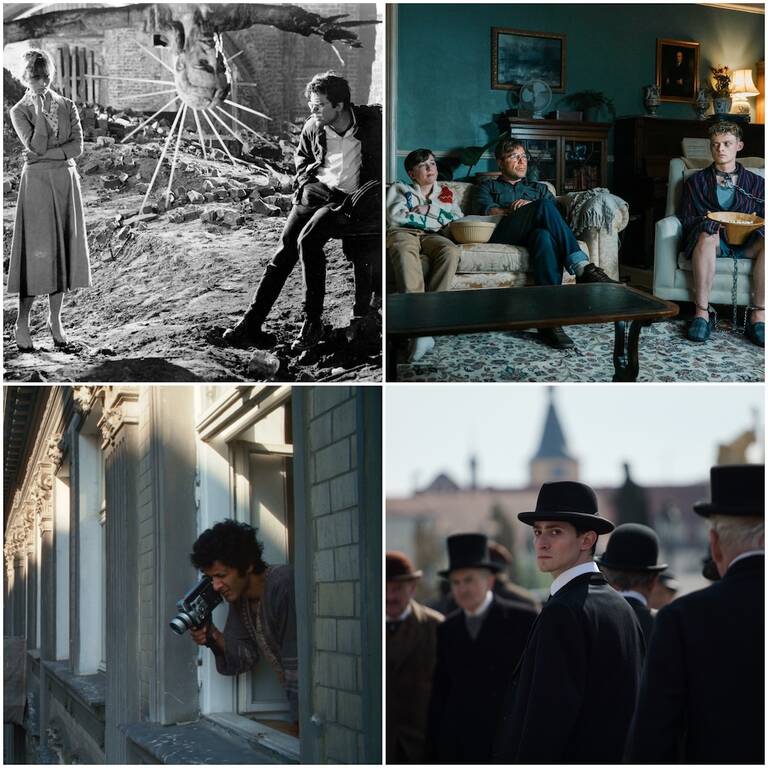
Dir. Amy Berg, US, 2015, 107 mins
Cast: Janis Joplin (as herself, archive footage) Cat Power (narrator, voice)
Berg cannot be accused of jumping on any bandwagon as this film has been seven or eight years in the making. Despite it being ‘slow’ to come together, the direction of the narrative is a traditional, chronological one. It has no need to be told in a contrived fashion. Janis Joplin is shown to be a strong-willed, talented woman determined to be a star and strain of what that drive had on her private life.
Joplin’s death was 45 years ago, yet it is her own words which do the surprising majority of the storytelling. There are letters she wrote to her parents when she left Port Arthur, Texas to begin her music career. These appear on screen, forming a quasi-scrapbook of various locations super-scribed with her thoughts and feelings as she grew into a ‘famous’ artist. As the piece develops, those around her at the time begin to pick up her story, providing similar behind-the-scenes insights that her writings offered. However, in-depth filmed interviews which spanned her career are carefully dissected and pasted into the story during relevant periods in order to maintain the flow of Janis telling her own story. Finally, it is her live performances throughout the film, but which are more frequently used towards the end which really unify the preceding picture of Joplin’s life which Berg builds.
The narration of Joplin’s letters by fellow musician Chan Marshall (aka Cat Power) sound a little like ‘The Adventures of Huckleberry Finn’. The Georgian-born singer lends a Southern drawl and a sense of adventure to Joplin’s words, bringing them to life with a distinctive texture. Perhaps David Dalton of Rolling Stone Magazine’s assertion that she had a “Huck Finn” spirit was inspiration for Berg to ask Marshall to do this. It is a parallel that resonates in terms of Joplin’s lack of conformity, puckish pioneering attitude and even her early support of civil rights.
The paradox that is constantly referred to in Janis’ life was that others celebrated how ‘connected she was with who she was’ yet she was so unhappy within herself. It seemed to be a conscious preoccupation that she must strive to be true to herself. She needed to be loved and it was onstage that she found that love most acutely. She embraced and always sought fame – a friend relates an anecdote of a teenage Joplin going up to Bob Dylan and saying she was going to be famous one day. Clearly however, it was when she felt she was not loved, or simply felt alone that she turned to drink and more unfortunately, drugs.
John Lennon has the final word on the film as he answers a chat show interviewers question about drugs in the music industry with what everyone is surely feeling by this point of the documentary – that he wishes we didn’t live in a world which puts pressures on some people to the extent they need that kind of escape in order to function. Lennon, another talent taken from the world, albeit by different means, is a haunting figure to summarise what drug addiction has done to so many famous musicians.
For such a young woman, there is a great depth of story to be told. Berg covers Joplin’s musical journey at the same time as fathoming her complicated personal demons. The film features extensive performances with lingering shots on Joplin’s emotional stage presence. It is these live depictions such as “Ball and Chain” at Woodstock which will live longest in audience’s memories.
Review by George Meixner






